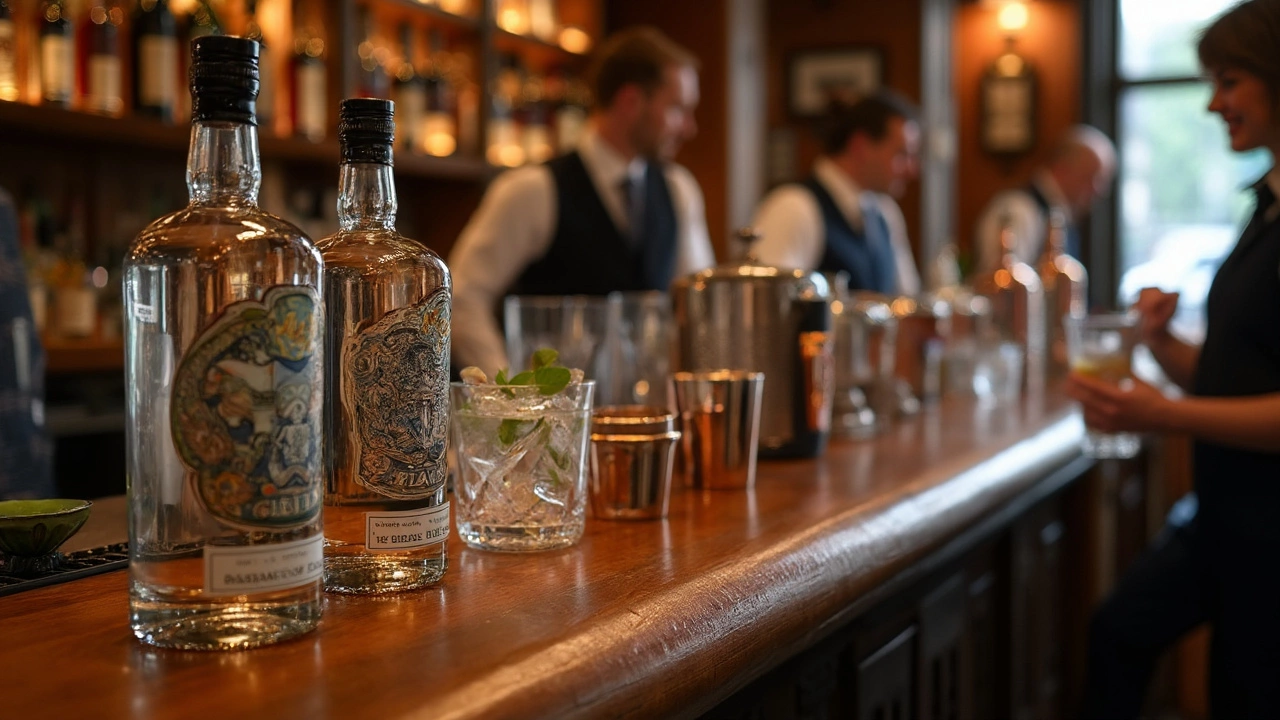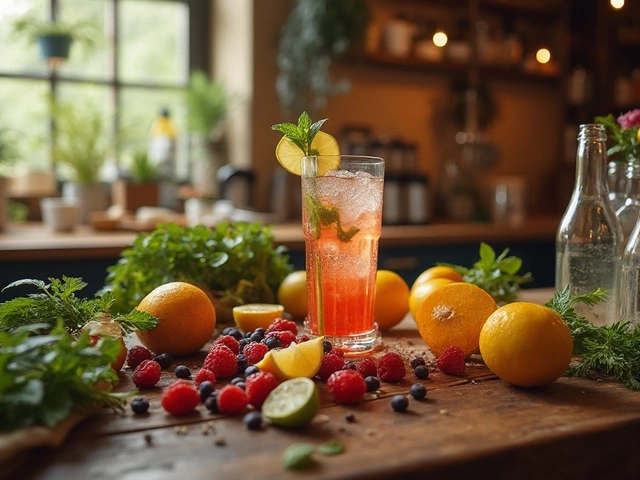Craft Gin: The Small‑Batch Spirits You Need to Know
If you’ve ever wondered why some gins taste more interesting than the supermarket staples, you’ve probably stumbled on the term “craft gin.” It’s not just a buzzword – it signals a gin made in smaller batches, usually with a distinct botanical story and a lot of love poured into each bottle.
Craft gin makers often source local herbs, spices, and fruits, then experiment with unusual combinations like lavender, pink peppercorn, or even smoked oak. The result is a spirit that can be bold, floral, spicy, or earthy – anything but generic. Because they’re produced in limited runs, these gins tend to show more personality and can surprise you with every sip.
What Makes a Gin Craft?
First, size matters. Most craft distilleries keep production under 5,000 liters a year. That low volume lets them control every step, from selecting the botanicals to the final filtration. Second, the recipe is often a family secret or a creative experiment, not a formula copied from a big brand. Finally, many craft gin makers share a story – a local farm, a historic building, or a quirky inspiration – and they’ll tell it on the label.
Because of these factors, craft gin usually has a higher price tag than mass‑produced options. But you’re paying for quality ingredients, careful distillation, and a unique taste you won’t find in a bottle from a big shelf‑store brand.
How to Taste & Enjoy Craft Gin
Start with a proper glass: a tulip or a small tumbler lets the aromas gather. Add a single ice cube, give it a gentle stir, and take a quick nose. You should pick up the dominant botanicals – maybe citrus zest, juniper, or something unexpected like rose petals.
When you sip, let it roll over your tongue. Notice how the flavor evolves from the initial bite to the finish. A good craft gin will have layers – bright citrus up front, a peppery middle, and a smooth, lingering aftertaste.
Mixing a craft gin is easy. Classic G&Ts work, but you can also try a simple gin fizz: gin, fresh lemon juice, a splash of soda, and a dash of simple syrup. The key is to let the gin’s character shine, not get buried under too many mixers.
If you’re pairing food, think about the dominant notes. A herb‑forward gin pairs well with grilled fish, goat cheese, or fresh salads. A gin with citrus or spice can stand up to spicy tacos or sweet desserts like lemon tart.
Finally, keep exploring. There’s a new craft gin released every month, and each one teaches you something new about what you like. Visit a local distillery, ask the bartender for a tasting flight, or order a sampler online. The more you try, the better you’ll understand your own palate.
So next time you’re at the bar or browsing the liquor aisle, look for the “craft” label. It’s a promise of small‑batch care, unique flavors, and a gin experience that’s anything but ordinary.
What does it mean when someone calls a gin brand 'top shelf'? This article breaks down exactly what makes a gin premium, names recognizable brands, and gives practical tips for spotting quality on your next distillery tour. We look at ingredients, techniques, and even the best ways to taste and enjoy gin like a pro. Anyone planning a distillery tour or looking to upgrade their home bar will get something useful here. Read on to discover what makes a bottle worthy of the top shelf.
View DetailsCurious about what makes a gin top shelf? This article breaks down the qualities that set premium gins apart and lists the bottles worth your attention. Discover real tips for spotting top shelf picks, from botanicals used to production techniques. Find out how gin distillery tours can give you a hands-on look at how your favorite bottles are made. By the end, you'll know exactly what to look for the next time you want something special in your glass.
View Details


